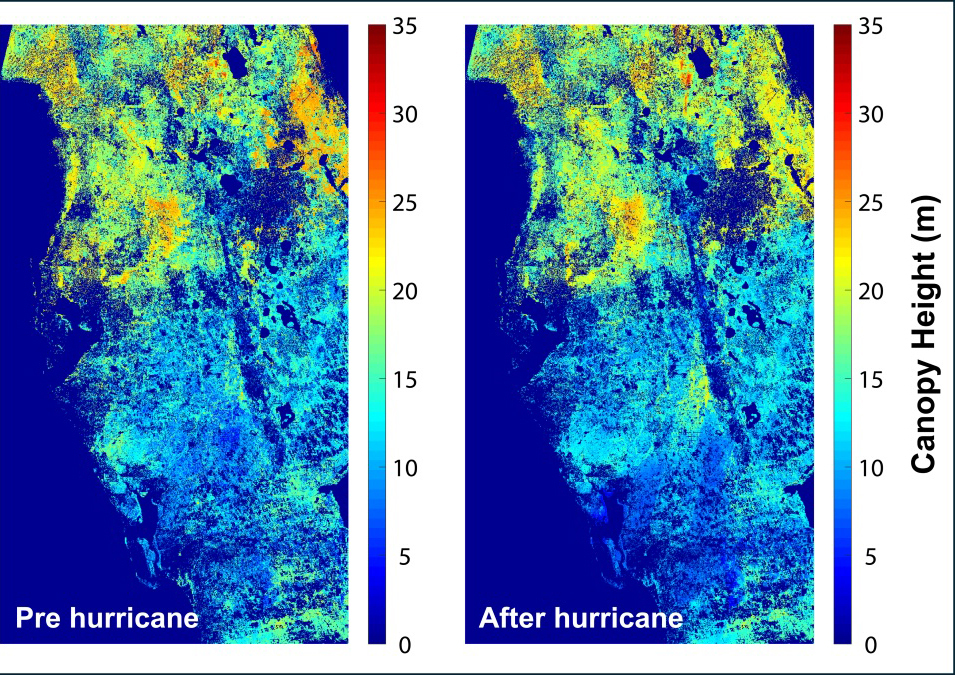Meet the Authors
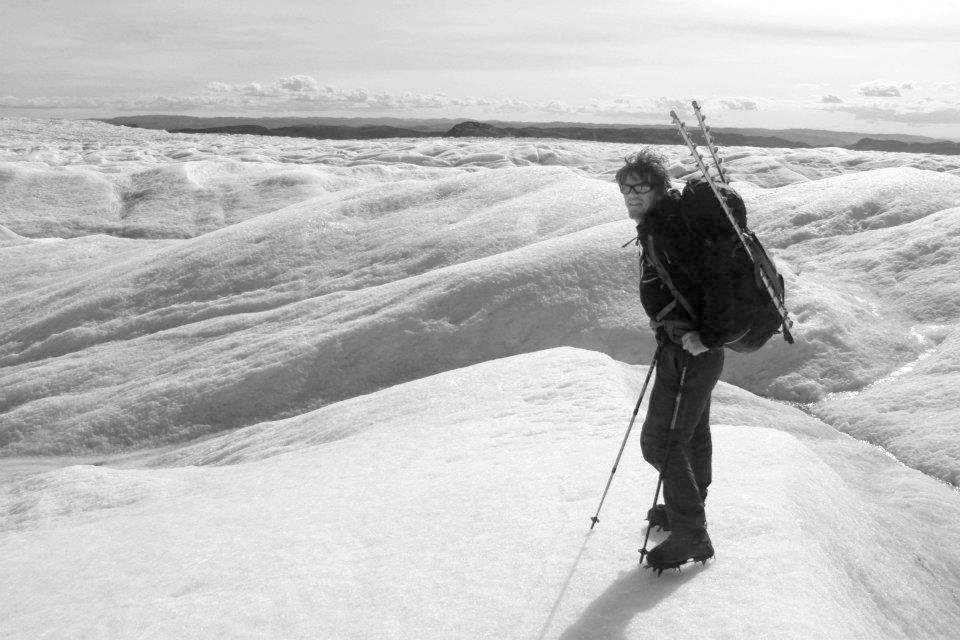
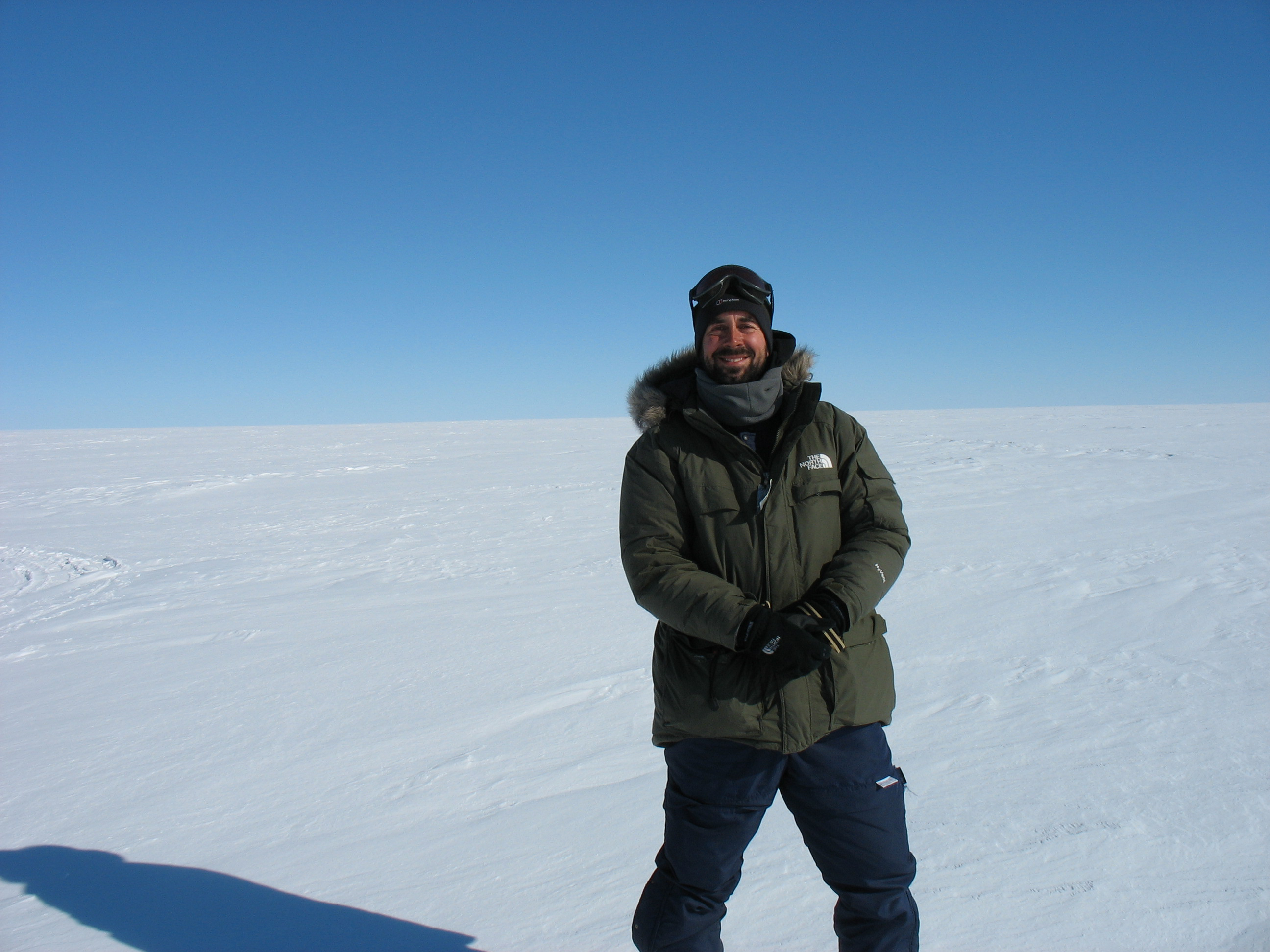

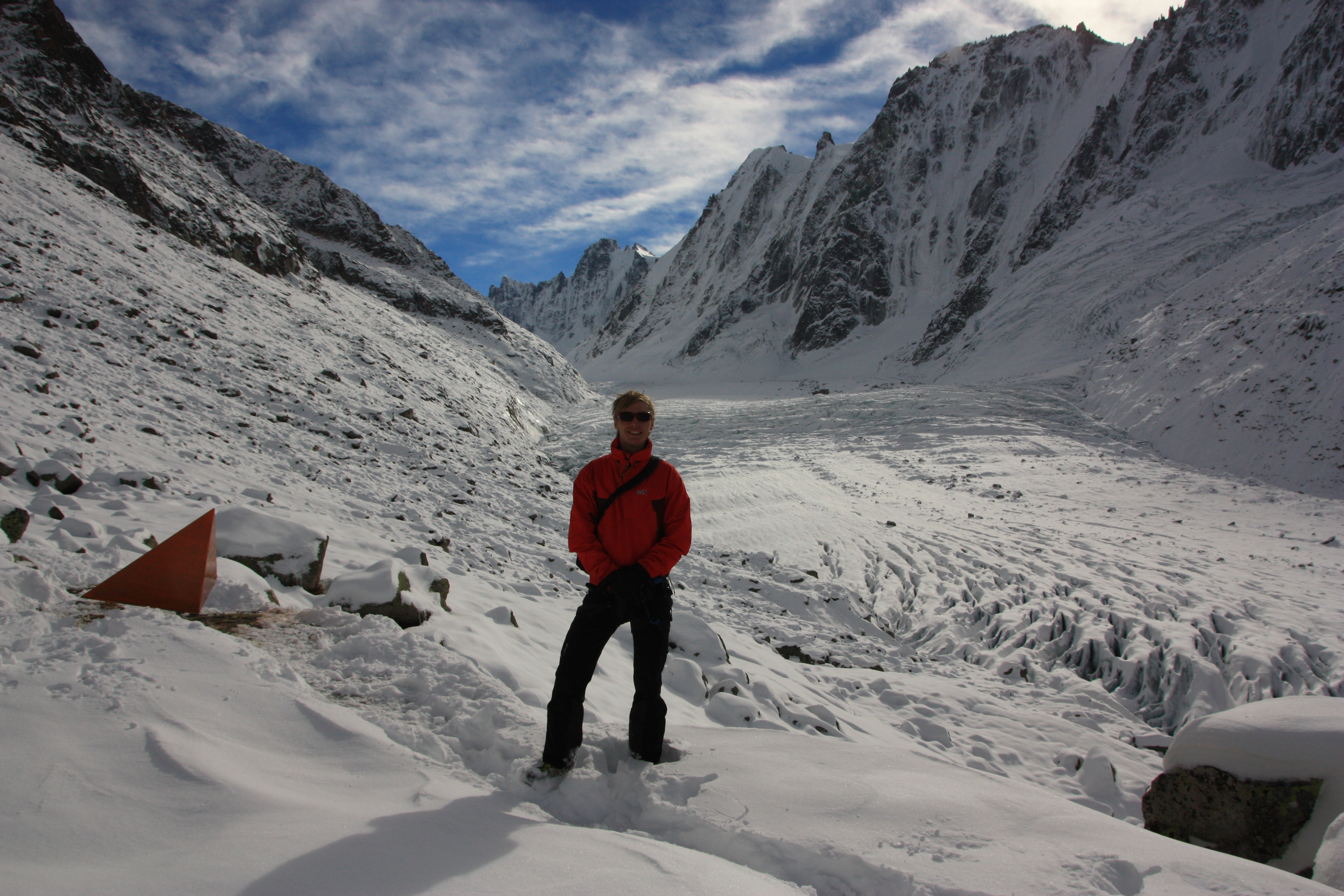

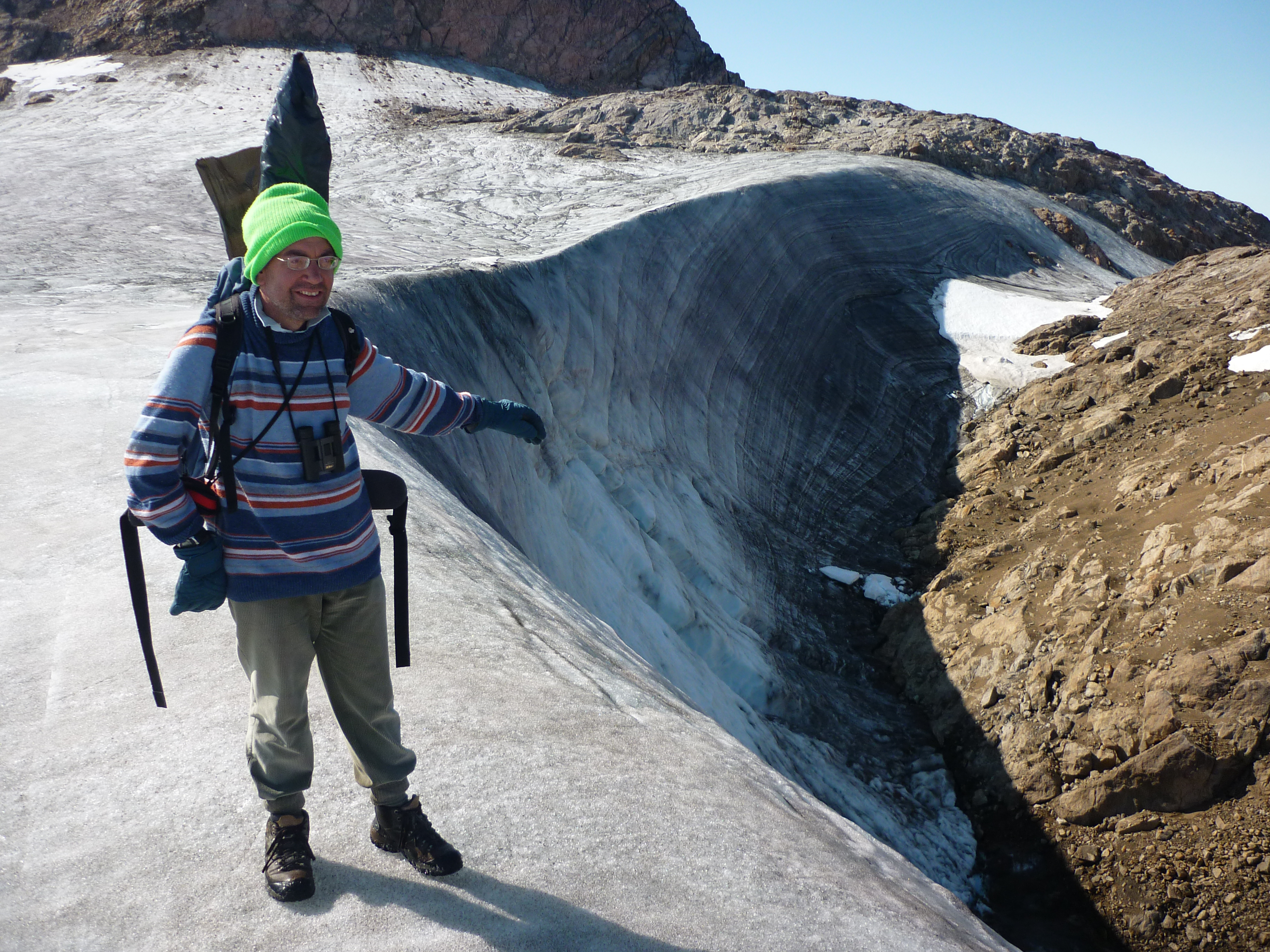
This discovery will be published in Nature on Oct. 29, 2015. “Our latest results show that a large sector of the Greenland Ice Sheet which terminates on land has slowed down during the last decade—during a period of sustained warming. This suggests that further increases in melting will not cause these land-terminating margins of the ice sheet to speed up,” explained lead author Andrew Tedstone, a glaciologist at the University of Edinburgh.
Let’s step back and meet the Greenland Ice Sheet, an Alaska-sized block of ice that could raise sea levels by 23 feet (7 m) if it melted. Measuring the melt and motion of the ice sheet helps scientists understand how and when it will affect sea-level rise.
The overall mass of the Greenland Ice Sheet has been diminishing in recent decades as global temperatures rise, and 60 percent of this loss is due to surface melting. The amount of meltwater draining from the ice sheet in four out of the five years between 2007 and 2012 has been more substantial than anything in the last half-century. This meltwater makes it way to where the ice sheet meets the bedrock and there it may “grease the track” for the ice sheet to move faster seaward under its own weight.
This process has widely been thought to serve as a positive feedback between higher meltwater amount and faster ice sheet motion, but more recently a seasonality to this motion has been found. The larger meltwater volume of summertime leads to greater lubrication of the ice sheet base, speeding up its flow as expected. But by the time summer comes to a close, all that meltwater has established efficient drainage systems that lessen the water under the ice sheet (the “grease on the tracks”), slowing it down.
Until now, the long-term impact of this two-tempo ice sheet dance was unclear. Was there an overall speedup, slowdown, or just status quo?
To peer back in time, the team turned to Landsat. Using 475 image pairs from Landsats 5, 7, and 8 they analyzed ice sheet motion between 1985 and 2014 across an 8000 km2 land-terminating region of southwest Greenland.
“We would not have been able to complete this research without Landsat’s free and open data policy,” Noel Gourmelen, a co-author from the University of Edinburgh, explained. The open Landsat archive provided their team with the vast quantities of data they needed to make precise ice flow measurements on decadal scales.
“Landsat offers a unique continuous record of the surface of the Greenland Ice Sheet over the last 40 years, no other mission would have been able to provide observations of ice velocity change over such a long time period,” Gourmelen said.
By tracking stable features such as crevasses they established that there was a clear regional slowdown. This slowdown occurred despite a corresponding 50% increase in surface meltwater production.
This confirmed that there was a decadal slowdown of the land-terminating portions of the ice sheet, despite warming—a negative feedback loop was at work.
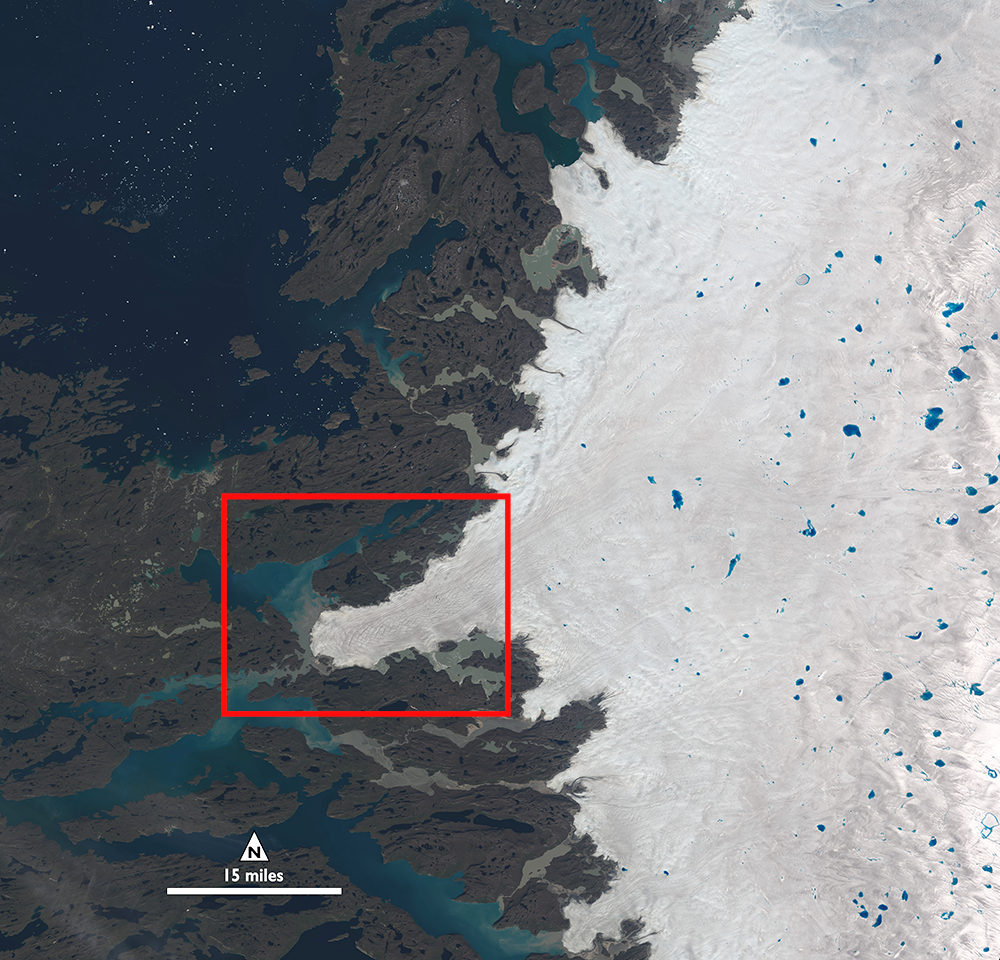
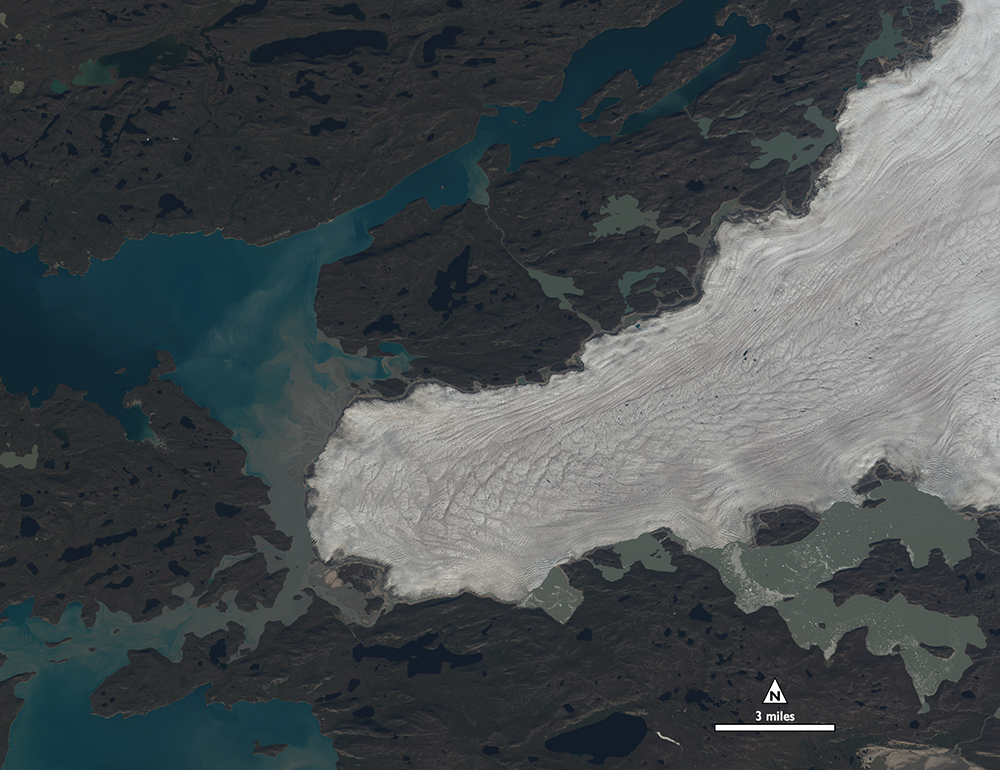
Their next question was: what was the cause of this negative feedback loop? There were two potential explanations: ice sheet thinning (a symptom of the higher melting) or the meltwater-caused changes to the lubrication at the ice sheet’s base.
The team found that both processes were at work, but a much stronger input was coming from the reduced lubrication at the ice sheet base because of better meltwater drainage after summer. Their Landsat-based measurements have now established that the 50% increase in surface melt production on the Greenland Ice Sheet during the last decade has not sped up the motion of its land-terminating sections, but rather led to a slowdown. More research is needed to determine if this slowdown will continue as global warming continues to up meltwater.
“While these results may be viewed as a modicum of good news for the Greenland Ice Sheet, the ongoing acceleration of both glacier surface melt-volumes and ice-motion of ocean-terminating glaciers ensures that its contribution to sea level rise will likely increase in our warming world,” caveated paper co-author Peter Nienow.
“It is unclear how much more slowdown we will see under the current and future melting conditions—more research and observation are needed to determine this,” said Gourmelen. “The Landsat archive holds great potential for studying the processes behind the Greenland Ice Sheet’s response to our changing climate over multi-decadal time scales. It is essential that this record be exploited over other areas of the Greenland Ice Sheet.”
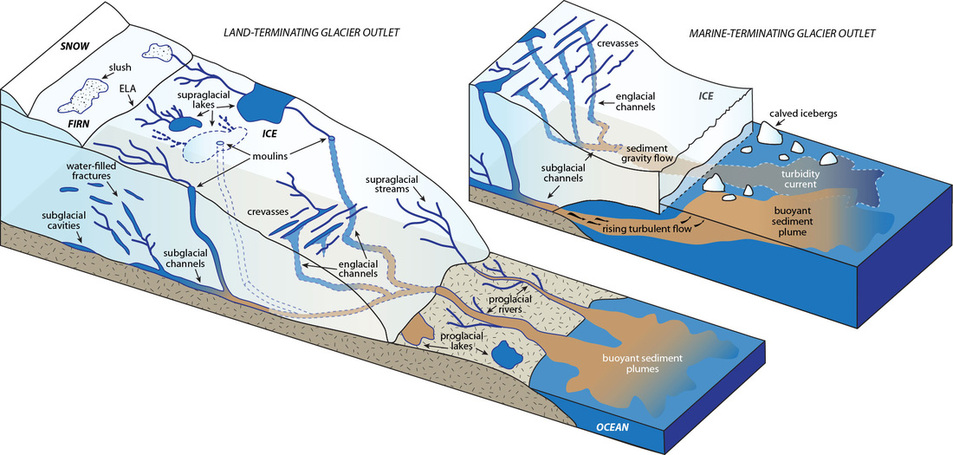
The University of Edinburgh is a charitable body, registered in Scotland, with registration number SC005336.
Reference:
Further Reading:
+ Land-Facing, Southwest Greenland Ice Sheet Movement Decreasing, NASA
+ Slowdown of the Southwest Greenland Ice Sheet, NASA Earth Observatory
+ Greenland’s Ice Sheet Today, National Snow and Ice Data Center
+ Quick Facts on Ice Sheets, National Snow and Ice Data Center
+ Greenland Ice Sheet Hydrology, Vena W. Chu



